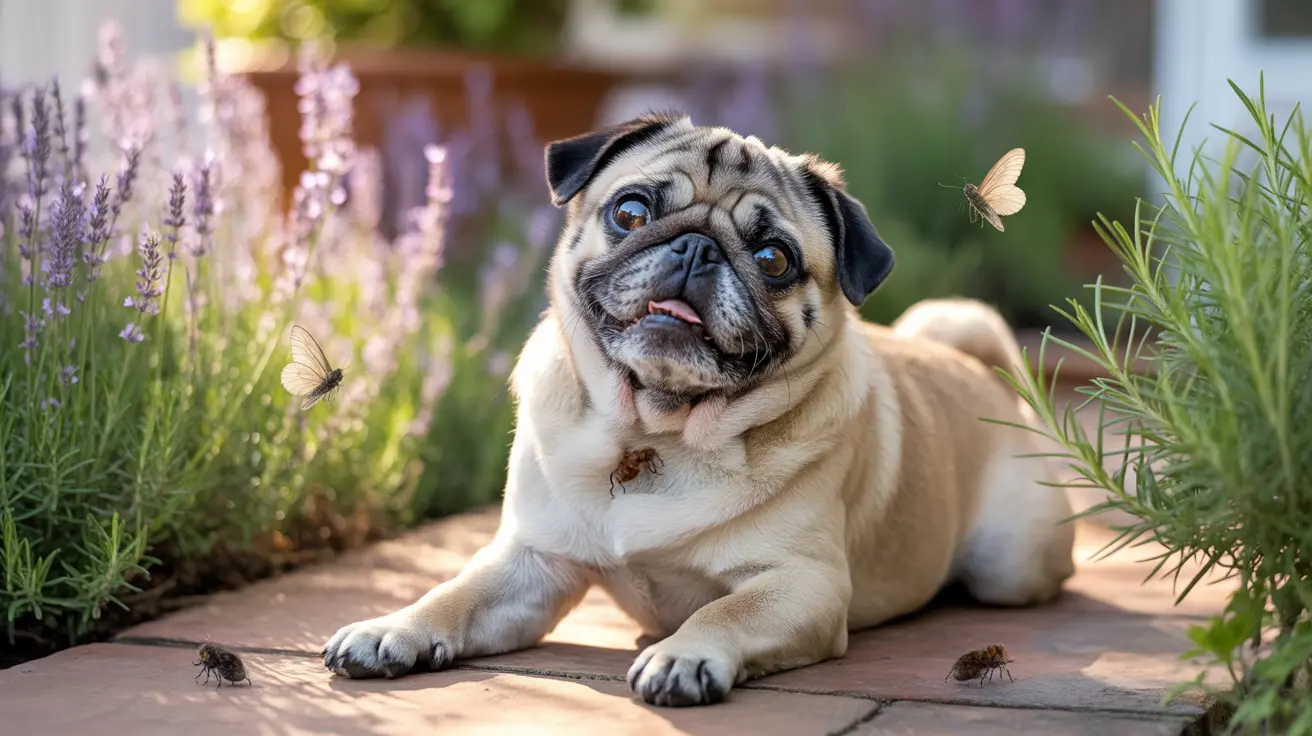Peak Flea Activity Periods in Washington
While fleas are present year-round in Washington, their activity reaches its peak during three main seasons:
Spring (March-May)
As temperatures begin to warm, dormant fleas become active again. The combination of spring rains and mild temperatures creates perfect breeding conditions, leading to the first significant population surge of the year.
Summer (June-August)
Summer represents the height of flea season in Washington. Warm temperatures and humidity levels provide optimal conditions for flea reproduction and survival, making this the most challenging time for pet owners.
Fall (September-November)
Fall remains active for fleas, especially during mild years. As temperatures gradually cool, fleas often seek warmth inside homes, leading to increased indoor infestations.
Why Washington's Climate Favors Year-Round Fleas
Washington's unique climate characteristics make it particularly hospitable to fleas:
- Mild winters rarely get cold enough to eliminate flea populations
- Frequent rainfall maintains necessary humidity levels
- Limited freeze-thaw cycles allow outdoor flea populations to survive
- Dense vegetation provides abundant sheltered areas for flea development
Essential Prevention Strategies
Year-Round Protection
Given Washington's continuous flea activity, veterinarians strongly recommend maintaining preventative treatments throughout all seasons. This includes:
- Monthly topical treatments or oral medications
- Regular inspection of pets for signs of fleas
- Consistent indoor cleaning routines
- Yard maintenance to reduce flea-friendly environments
Environmental Management
Creating an environment that discourages flea proliferation is crucial:
- Regular vacuuming of carpets and furniture
- Washing pet bedding in hot water weekly
- Keeping grass short and removing leaf litter
- Treating both indoor and outdoor spaces when necessary
Frequently Asked Questions
When does flea season start and end in Washington State?
In Washington State, fleas are active year-round due to the mild climate. However, peak activity occurs from spring through fall (March to November), with the highest populations during summer months.
Why is flea prevention important year-round for pets in Washington?
Year-round prevention is crucial because Washington's mild, humid climate allows fleas to survive and reproduce throughout all seasons, even during winter months when other regions experience die-offs.
How can I tell if my pet has fleas during Washington's mild winters?
Look for excessive scratching, small dark specks (flea dirt) in your pet's fur, and actual fleas, particularly around the neck, base of tail, and belly. These signs remain consistent regardless of season.
What are the best flea control methods for dogs and cats living in Washington?
The most effective approach combines regular preventative medications (topical or oral), frequent home cleaning, and environmental management. Consult your veterinarian for specific product recommendations based on your pet's needs.
How does Washington's rainy climate affect flea activity and infestation risks?
Washington's rainy climate maintains high humidity levels that fleas need to survive and reproduce. This moisture, combined with mild temperatures, creates ideal conditions for sustained flea populations throughout the year.
Conclusion
Understanding flea season in Washington requires recognizing that it's a year-round challenge rather than a seasonal concern. By maintaining consistent preventative measures and staying vigilant throughout all seasons, pet owners can effectively protect their animals from these persistent parasites.






